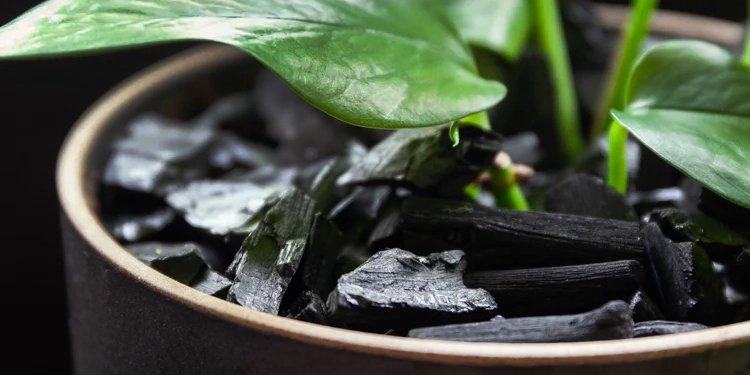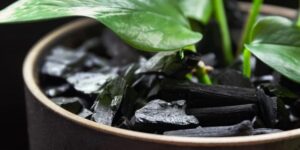
Introduction
The use of charcoal in potted plants has gained popularity among gardeners and plant enthusiasts seeking to improve soil quality, enhance plant health, and promote optimal growth. Charcoal, in its various forms, offers a range of benefits for potted plants, from improving soil drainage and preventing root rot to enhancing nutrient absorption and soil fertility. In this comprehensive guide, we’ll explore the different types of charcoal used in potted plants, how to incorporate charcoal into your plant care routine, and tips for using charcoal effectively to maximize its benefits.
Types of Charcoal for Potted Plants
Charcoal comes in several forms, each with its own unique properties and benefits for potted plants. Activated charcoal, known for its porous structure and ability to adsorb impurities, is commonly used in soil and potting mixes to improve soil aeration and absorb excess moisture. Horticultural charcoal, specifically designed for use in gardening and landscaping, is made from natural wood sources and is valued for its ability to improve soil structure and promote root health. Lump charcoal, although less commonly used in potted plants, may also have potential applications for improving soil drainage and aeration.
How to Use Charcoal in Potted Plants
Incorporating charcoal into your potted plant care routine can provide numerous benefits for plant health and growth. By improving soil drainage and aeration, charcoal helps to create a healthy root environment and reduce the risk of root rot and fungal diseases. Additionally, charcoal can enhance nutrient absorption and soil fertility, leading to stronger, more resilient plants. To use charcoal effectively in potted plants, consider adding it to potting mixtures or incorporating it into existing soil to reap the maximum benefits for your plants.
Tips for Using Charcoal Effectively
When using charcoal in potted plants, it’s essential to choose the right type and quality of charcoal for your specific plant needs. Look for activated charcoal or horticultural charcoal that is free from additives and contaminants to ensure optimal performance. Proper application and mixing techniques are also crucial for maximizing the benefits of charcoal in potted plants. Ensure that charcoal is evenly distributed throughout the potting mix and avoid excessive amounts that may inhibit plant growth. Finally, monitor plant health closely and make adjustments to charcoal usage as needed based on individual plant requirements.
Conclusion
In conclusion, charcoal offers a range of benefits for potted plants, from improving soil drainage and preventing root rot to enhancing nutrient absorption and soil fertility. By incorporating charcoal into your plant care routine, you can create a healthier, more vibrant indoor or outdoor garden. Experiment with different types and applications of charcoal to find the best solution for your plants, and remember to monitor plant health closely to ensure optimal growth and vitality. With proper care and attention, charcoal can be a valuable asset in your journey to cultivating thriving potted plants.




